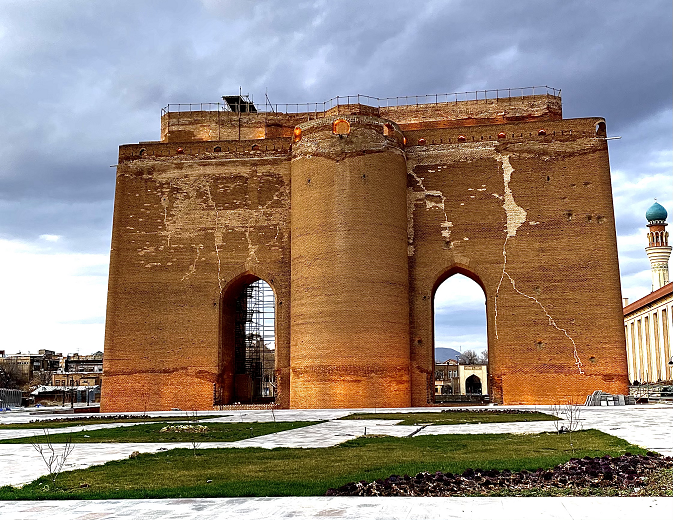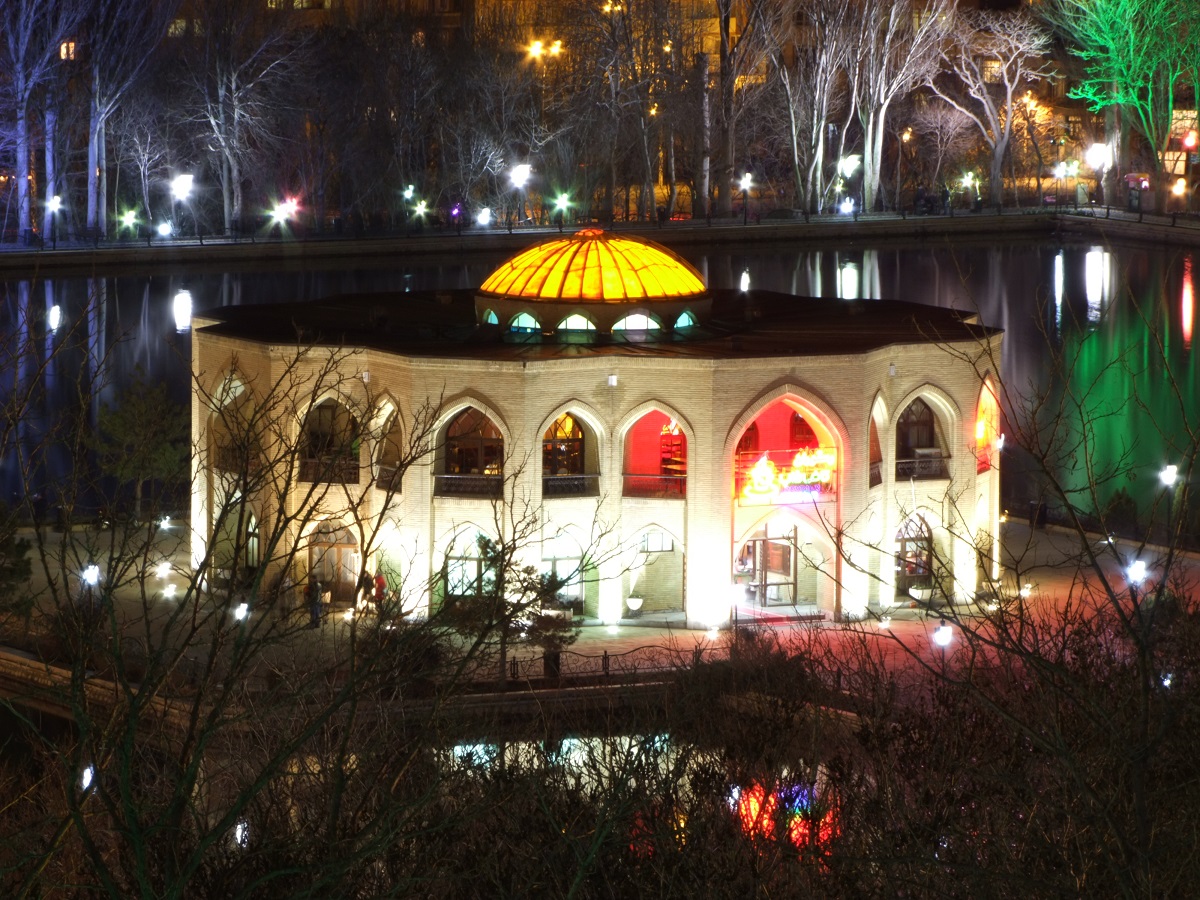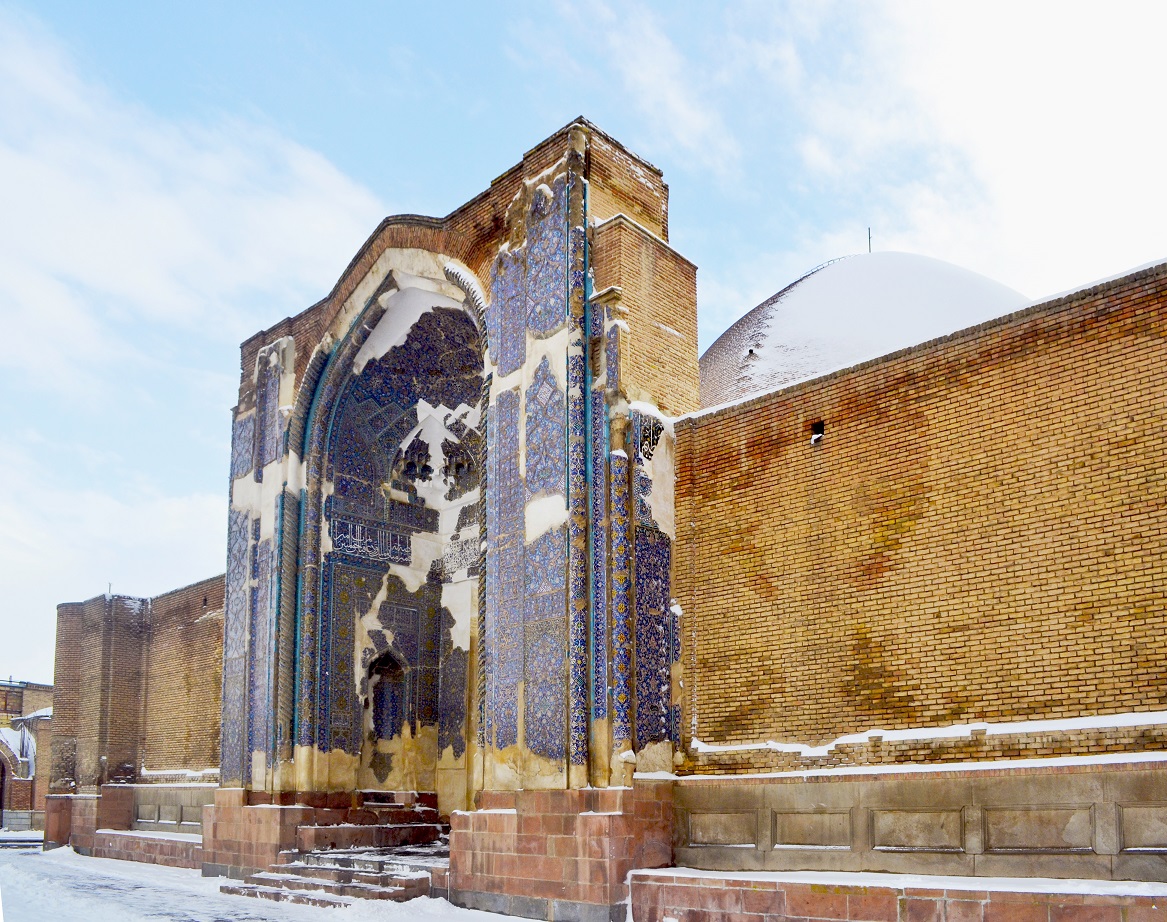Tabriz, the City of Compassion, is one of the most historically important cities of Iran, which played a major role in the Constitutional Revolution of the early 1900s. Some of the historical sites in Tabriz such as the magnificent Blue Mosque of Tabriz and the 700-year-old Rab’-e Rashidi University have been devastated by the several earthquakes which have rocked the city throughout its history. The ruins, however, still tell of their glorious past. Once the city where Qajar Crown Princes resided before coming into power, Tabriz is the city of extravagantly decorated mansions, many of which have been turned into museums.

The early history of Tabriz is not well-documented. The earliest inscription about Tabriz, referring to the city as Tarui or Tauris, is on the Assyrian King Sargon II’s epigraph in 714 BC. Tabriz has been chosen as the capital for some rulers commencing from Atropates era. A recent excavation at the site of the Iron Age museum, in the north of the Blue Mosque site, uncovered a graveyard of 1″ millennium BC. More likely the city has been destroyed multiple times either by natural disasters or by the invading armies. The earliest elements of the present Tabriz are claimed to be built either at the time of the early Sassanids in the 3rd or 4th century AD, or later in the 7th century. The Middle Persian name of the city was T’awres.

After the Muslims conquest of Iran, the Arabic Azd tribe from Yemen resided in Tabriz. The development of post-Islamic Tabriz began as of this time. The Islamic geographer Yaqut al-Hamawi says that Tabriz was a village before Rawwad from the tribe of Azd arrive at Tabriz, In 791 AD, Zubaidah, the wife of Abbasid caliph Harun al-Rashid, rebuilt Tabriz after a devastating earthquake and beautified the city so much as to obtain the credit for having been its founder.

In 1501, Shah Ismail I entered Tabriz and proclaimed it the capital of his Safavid state. In 1514, after the Battle of Chaldiran, Tabriz was temporarily occupied by the Ottomans. Tabriz retaken by Iranian forces and it remained the capital of Safavid Iranian Empire until 1548. In that year Shah Tahmasp 1 transferred it to Qazvin to avoid the growing threat of Ottoman army to his capital.
Thanks to the geographical features and communications with nearby countries’ enlightenment movements, Tabriz became the center of the Iranian Constitutional Revolution movements between 1905 and 1911, which led to the establishment of a parliament in Iran and the formation of a constitution. Sattar Khan and Bagher Khan, two Tabrizi reformists who led Tabriz people’s solidarity against absolute monarchy, had a great role in Constitutional Revolution. In 1909, Tabriz was occupied by the Russian forces. Four months after the constitutional revolution’s success, in December 1911, the Russians reinvaded Tabriz. After crushing the local resistance by invading Russian troops, they started suppressing the constitutional revolutionaries and residents of the city. 1200 Tabriz residents were executed following the invasion Russian troops. As a result of the campaign, Tabriz was occupied by the Russian forces between 1911 and 1917.
Reference: Cultural Heritage, Handicrafts & Tourism Organization of Iran, Iran Travel guide. Iran: 2018
